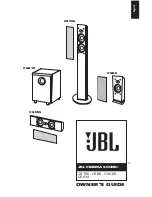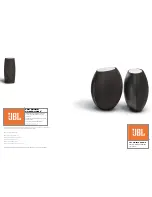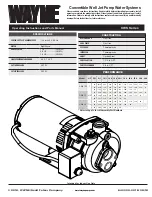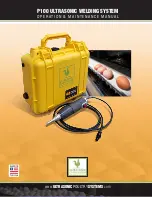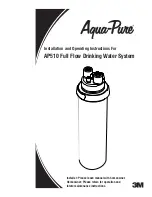
Page 4
Copyright © 2005 - ASR Electronics. All rights reserved.
Getting on with it:
OK, enough of the preamble - Let’s make a start.
The very first thing to be done is to remove the head unit. Grab your “special extraction tools” and head out
to the car. Insert the wires into the holes on either side of the front panel making sure the notches face
toward each other. Push them in all the way until you hear a distinct “click” and all four of the wires are
pushed in as far as they can go. If you use wires without the notches filed out, apply some outward
pressure to the “handles” (away from each other) and pull backwards. If it’s the first time the head unit has
been removed it can be really difficult – you need to be pretty firm, some would say even brutal, but it will
come out. If the wires tend to be pulling out of the unit, grab the file and spend five minutes on filing the
notches in the wires. My wires work every time, in a few seconds – literally.
With the head unit removed, I recommend taking it straight to the bench for stripdown and attaching the
auxiliary socket. In this way the epoxy can be getting on with curing whilst you get on with trim and cradle
removal and the metalwork modification.
To begin stripping the head unit, remove the four T-8 screws from the sides along the edge of the plastic
moulding (2 each side) which anchor the facia to the chassis. Pull the facia panel away from the main body
slightly, but not too far. Once enough clearance is obtained, reach between the facia and the main body and
unplug the connector near the bottom right.
This can be tight – avoid excessive side-to-side “wriggling” or
solder joints may be fractured.



















